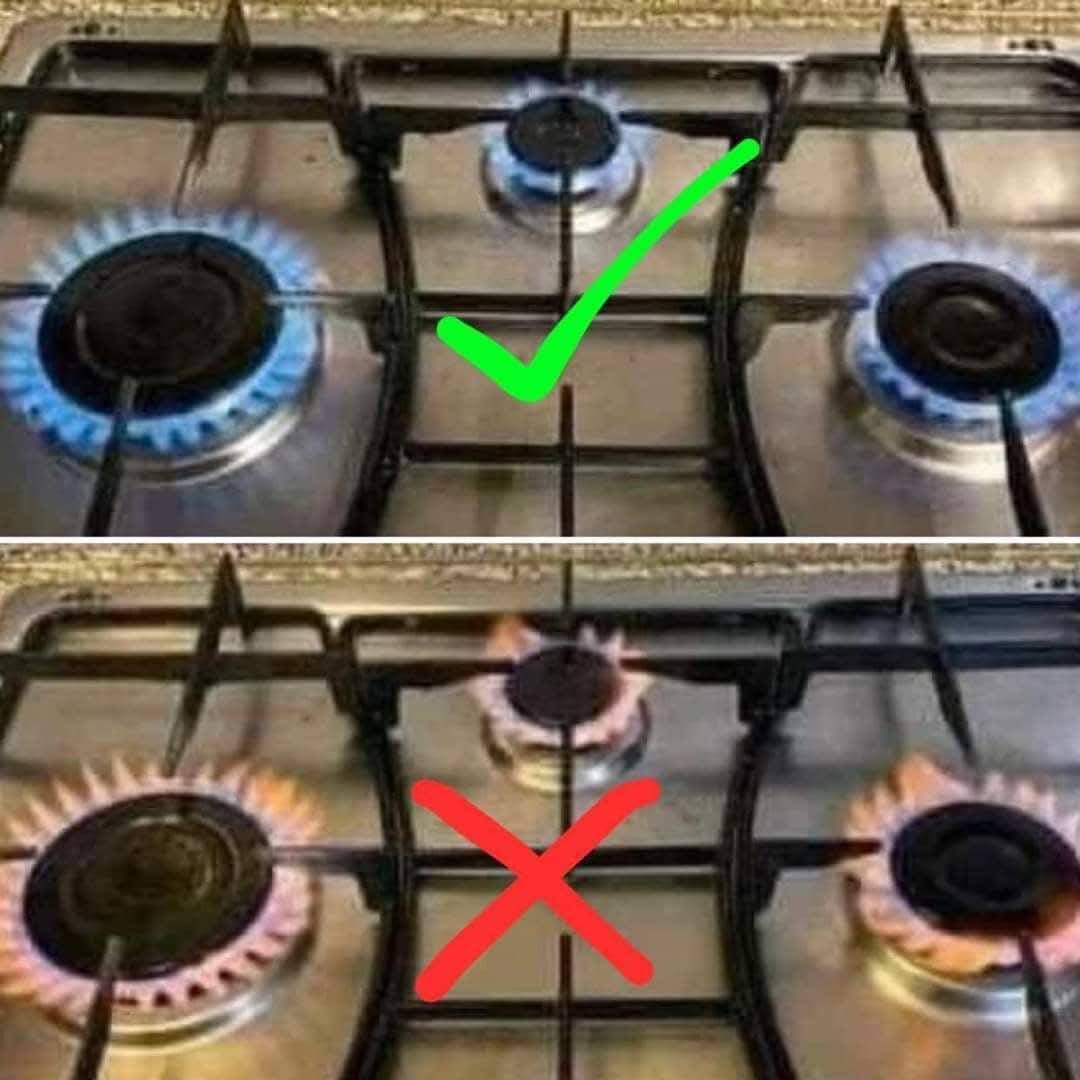ADVERTISEMENT
Pay Attention to the Color of Your Stove Flames: A Crucial Safety and Efficiency Tip
When cooking, one of the most overlooked aspects of stove safety and performance is the color of your stove’s flames. While you may focus on the heat levels and types of cookware, understanding the color of your flames can provide essential clues about the health of your appliance and your cooking environment. This simple yet often ignored detail could significantly impact your safety, energy efficiency, and the taste of your food.
Let’s explore what the different colors of stove flames indicate and why you should pay attention to them.
The Science Behind Flame Colors
Flames are the result of burning fuel (gas, propane, or other combustibles), and their color can tell you a lot about how efficiently the combustion is taking place. A healthy and efficient flame typically burns with an even blue color, indicating that the fuel is burning cleanly and completely. A yellow or orange flame, on the other hand, may indicate incomplete combustion and potential problems that need attention.
What Each Flame Color Means
- Blue Flame: The Ideal Flame
- What it indicates: A blue flame is a sign that your stove is working efficiently. The combustion process is occurring correctly, with enough oxygen to burn the gas fully. This type of flame is hot and produces very little carbon monoxide, ensuring your cooking is safe and clean.
- Why it matters: If you see a blue flame, it means your stove is running efficiently, producing maximum heat with minimal waste. Your appliance is likely to be safe, and your food will be cooked evenly without any unneeded odors or extra soot.
- Yellow or Orange Flame: Incomplete Combustion
- What it indicates: Yellow or orange flames mean that the gas is not burning as efficiently as it should. This may be due to insufficient air supply, dirty burner parts, or problems with the gas flow. Incomplete combustion leads to the formation of soot, carbon monoxide, and other harmful pollutants, which could pose a safety hazard, particularly in an enclosed space.
- Why it matters: A yellow or orange flame is less efficient and can lead to higher energy bills, as the stove needs to work harder to produce the same amount of heat. It also indicates a risk for carbon monoxide buildup, which can be dangerous if not addressed. Additionally, the soot produced can stain your cookware and may leave an unpleasant odor in your kitchen.
For Complete Cooking STEPS Please Head On Over To Next Page Or Open button (>) and don’t forget to SHARE with your Facebook friends
ADVERTISEMENT
